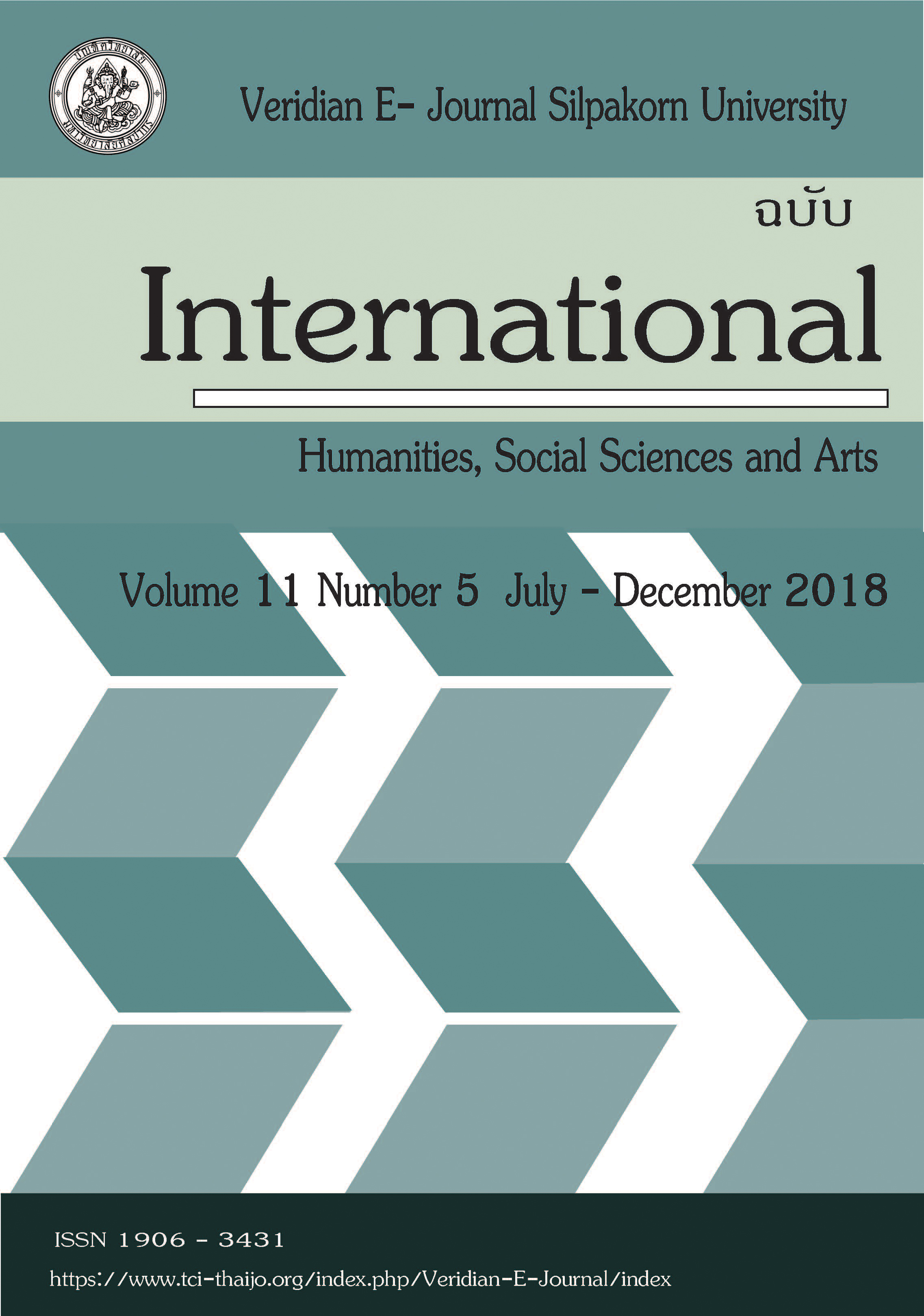Equality in Art Education and the Blind Students in Thailand.
Main Article Content
Abstract
Art education is considered essential for learning and developing skills in various fields, but, for blind students, it is hard to teach them and have them practice. In consequence, they have to experience difficulty and neglect in learning art, so art education for the blinds is typically found ineffective. Such limitations are generally derived from their visual impairment, as visual arts rely heavily on learners’ vision. Alternatively, with enhanced teaching media, appropriate teaching plans for joined class, and learners’ positive attitude towards learning, it is possible to strengthen society and provide educational opportunity for students with visual impairment and the other physical disability. As a result, the greater opportunity allows us to build up equity and equality in learning.
To examine, this project comprised of both qualitative and quantitative research, as the data was collected from an analysis and interpretation of the drawing made by a sample of students, including blind students and nearly blind students in upper-secondary level, and the information obtained from questionnaires surveying students’ satisfaction level. According to the result, it is obvious that the sample was satisfied with their visual arts learning at excellent level. Moreover, the blind students felt that they received opportunity and equality in learning and were delighted when learning visual arts.

